8 Different Types Of Canned Fish With Images
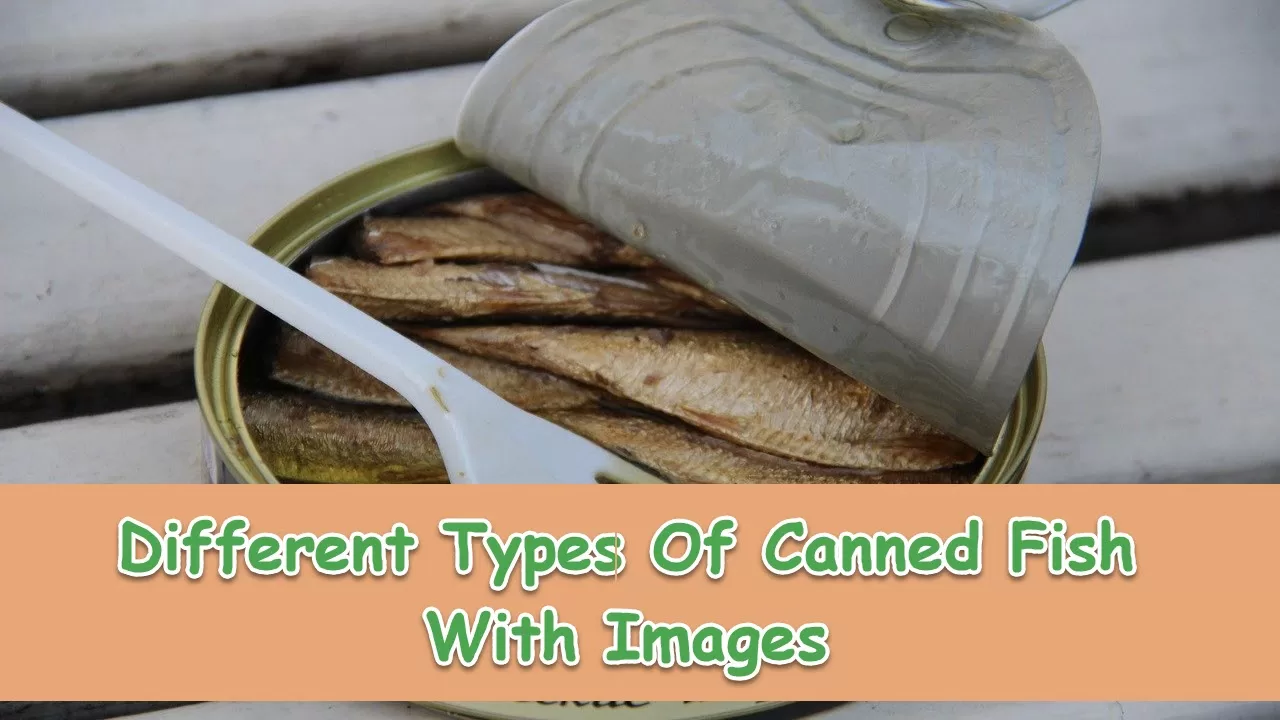
The canned fish, also known as the tinned fish, are edible fish processed and sealed in tin cans or any air tight containers for human consumption. Most of us think that canned fish are only limited to sardines. However, they are classified into different types.
In this post, we will introduce you to the most common types of canned fish which are sold in grocery stores and supermarkets.
Types Of Canned Fish
FISH PROCESSING
Canning is the main method used in making canned seafood. This technique is among the popular ways of preserving seafood aside from freezing, smoking, and pickling.
The canning process typically preserves the seafood in a span of 1 to 5 years.
So without further adieu, here are the different types of canned fish you ought to try…

#1. CANNED TUNA
One of the healthiest and most affordable canned goods that is rich in protein is the tuna. Tuna is a good source of anti-inflammatory and heart protective omega-3 which ranges from 20 to 30 grams in every can. Aside from this nutrient, it also contains vitamin D with low carb content.
Tuna can be canned in brine, water, edible cooking oil like vegetable oil and olive oil, and other sauces.
Tuna is subdivided into two categories: the white meat tuna and the light meat tuna.
The white meat tuna is usually made of albacore tuna while the light tuna is more on skipjack tuna and yellowfin tuna.
Light tuna does not have as much mercury content as canned white tuna and yellowfin tuna. But even if white tuna and yellowfin tuna have higher mercury levels, they are still safe to consume as per FDA and EPA.
In the US, they are referred to as tuna fish, while only albacore tuna can constitutionally be sold in canned form.
And since canned tuna is typically cooked during the canning process, it is very much okay to consume it straight from the can, without reheating or cooking.

#2. CANNED PINK SALMON
The canned pink salmon and other types of canned salmon such as sockeye salmon, are incredibly healthy. It is rich in vitamin D, protein, omega-3 fats, and calcium.
Canned pink salmon is not only limited to adult consumption, but also ideal for kids. The omega-3 fats promote heart health, and help brain development in children.
And similar to other types of canned fish, canned pink salmon is already pre-cooked. Therefore, you can consume it directly after draining the liquid from the can.
This canned seafood can also be added right away to your favorite recipe like salad, cake, egg-filled tortilla, or burger.
Since canned salmon is economical, it is considered as an ideal option for those who are on a tight budget, yet still up to preparing a healthy meal.

#3. CANNED SARDINES
The sardines contain the lowest level of mercury, and among the canned goods with the highest level of omega-3. Sardines are also rich in vitamin D and calcium which are good for bone health.
Sardines are made of whole small fish with no heads. The heads were removed during the canning process. The process of making sardines starts from washing, removing the heads, smoking or cooking, and then drying.
The dried sardines are then packed in either soybean oil or sunflower oil, water or in mustard, chili or tomato sauce, depending on its flavor and other ingredients used.
Sardines are also a cheaper source of protein compared to other fish. So even if you have a low-budget, you can still afford to prepare a healthy meal for your family with these delicious canned sardines.
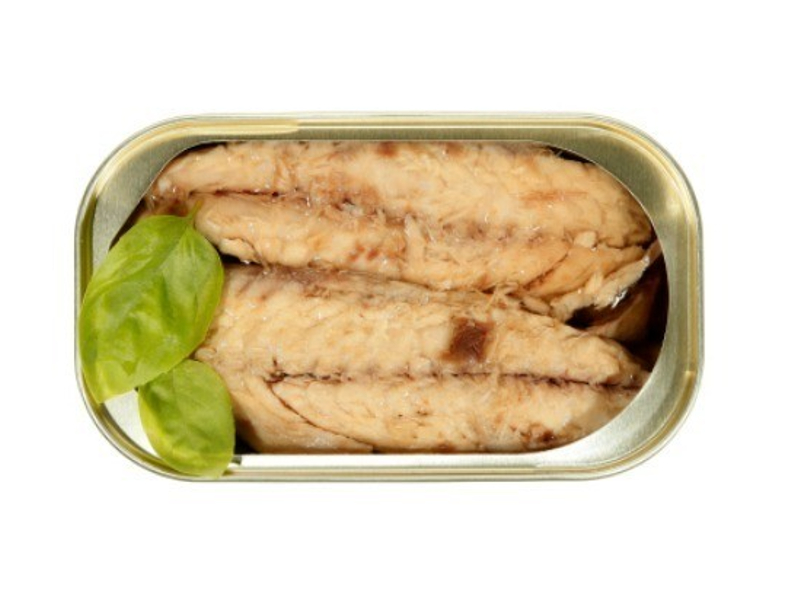
#4. CANNED ATLANTIC MACKEREL
Another healthy canned seafood you should try is the Atlantic mackerel. It is a great source of protein, and is low in calories. Compared to other common fish, Atlantic mackerel has higher omega-3 and omega-6 fatty acids. Its mercury level is also minimal.
The canned mackerel has a milder taste than other tinned fish. So if you have the appetite to have more seafood without being bothered by a fishy taste, count the canned Atlantic mackerel in your meal.
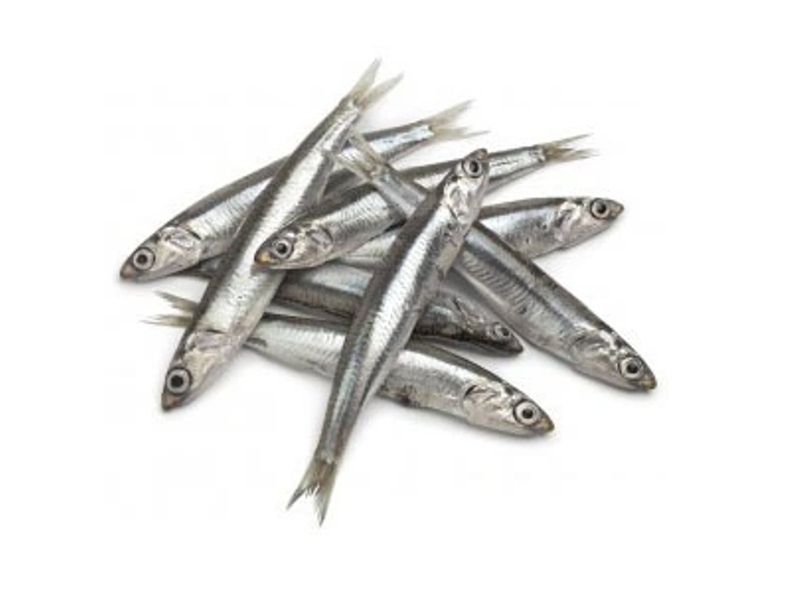
#5. CANNED ANCHOVIES
The canned anchovies are usually pre cooked, and preserved in oil or salt. In fact, it is considered as a ready-to-eat canned good. And just like most of the tinned fish, canned anchovies are rich in omega 3 fatty acids, which can help reduce the risk of heart disease and stroke.
Anchovies is also a great source of B vitamins, niacin, vitamin B12, and riboflavin. Thus, eating canned anchovies can help maintain good health.
But compared to sardines, canned anchovies are twice or thrice expensive due its limited supply.
Anchovies are also hard to catch because of the strange weather pattern in the coasts of Northern Africa, Mediterranean, and Western Europe.
These oily fish rely for nourishment on plankton. Hence, they are on the lowest place in the food chain.
Thus, increasing the expenses in fishing.
Still, it is worth the price because wild caught anchovies are packed with nutrients and minerals. It is also considered as one of the healthiest and nutritious canned goods.
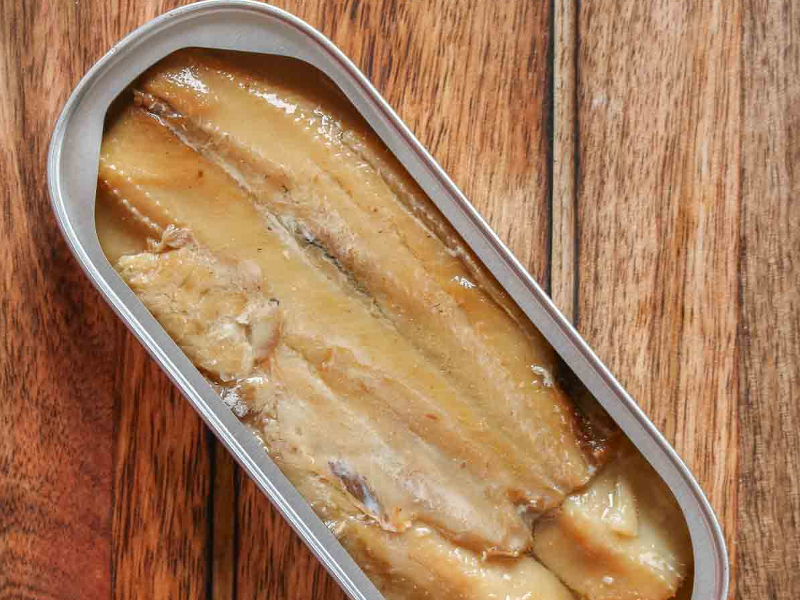
#6. CANNED HERRING
Canned herring is a highly nutritious food. It is rich in antioxidants, omega-3 fatty acids, and other essential nutrients. Its mercury content is low, so it is guaranteed that it is safe to consume.
The taste of a canned herring depends on its flavor. It can be sweet and oniony, or sweet and sour. Although canned herring is a ready-to-eat canned good, it is still ideal for grilling and adding some flavor.
Eating canned herring promotes teeth and bone health. And it is also an ideal option for those who have diabetes.
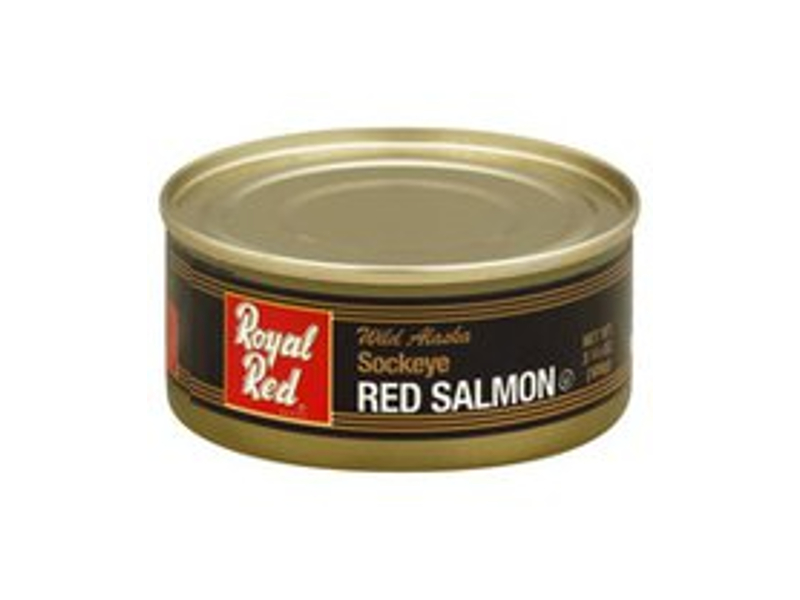
#7. CANNED RED SALMON
Another nutritious choice of food is the canned red salmon. The canned red salmon is a great source of vitamin D, omega-3 fats, protein, and calcium.
Adding canned red salmon to your diet helps promote heart health. It also aids brain development in children, lower blood pressure, lower triglycerides, and reduces inflammation.
Compared to pink salmon, red salmon is more expensive. But still a great food choice especially if you are up for a tasty and nutritious preserved fish.
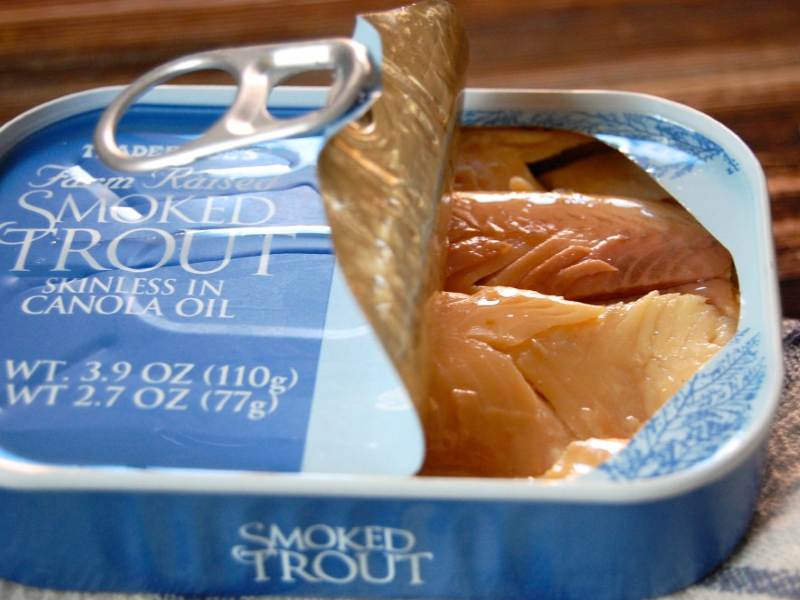
#8. CANNED TROUT
A trout is a freshwater fish closely related to salmon and char (charr). Canned trout is high in potassium, magnesium, calcium, and niacin.
This canned good is also rich in vitamin B12 and omega 3.
Its taste may vary depending on its flavor, but basically trout fish have a milder taste compared to salmon.
In addition, canned trout have a nice and firm texture, and taste less fishy compared to its counterparts. In fact, it is more delicious when eaten straight from the can than canned sardines, salmon, or tuna.
It is perfect to pair with a few crackers and lemon, as an appetizer, or salads garnish.
WRAP UP
While most of us are under the impression that canned fish are not healthy, this perspective should be corrected after reading the whole post. Canned fish are indeed packed with countless nutrients that our body need.
But still, it is recommended to consult your doctor if you have health issues before eating any of these canned fish. And always remember to consume canned fish in moderation.
These canned goods are available in most grocery stores and supermarkets. Also, you can order online.
Aside from the above-mentioned canned goods, there are still a lot of seafood or species that can be sold in canned form such as shrimp, mussels, fresh oysters, canned shellfish, clams, and squid.
Canned goods are definitely shelf stable, so you can keep them even for a few years.
FREQUENTLY ASKED QUESTIONS:
Though canned fish are processed food, they are nutritious, and are safe to eat. Canned fish such as tuna, sardines, salmon, herring, kipper, and other kinds of fish are a great source of omega-3 which are essential for our heart health.
Canned fish contains mercury, and those types of fish with higher mercury levels should be eaten in moderation (at least once or twice a week). According to studies, too much consumption of canned fish can cause high blood pressure, BPA toxicity, mercury poisoning, and scombroid poisoning.
Aside from being palatable, canned fish or tinned fish are cheaper and easy to acquire. Aside from that, they also have a longer shelf life than fresh fish.





